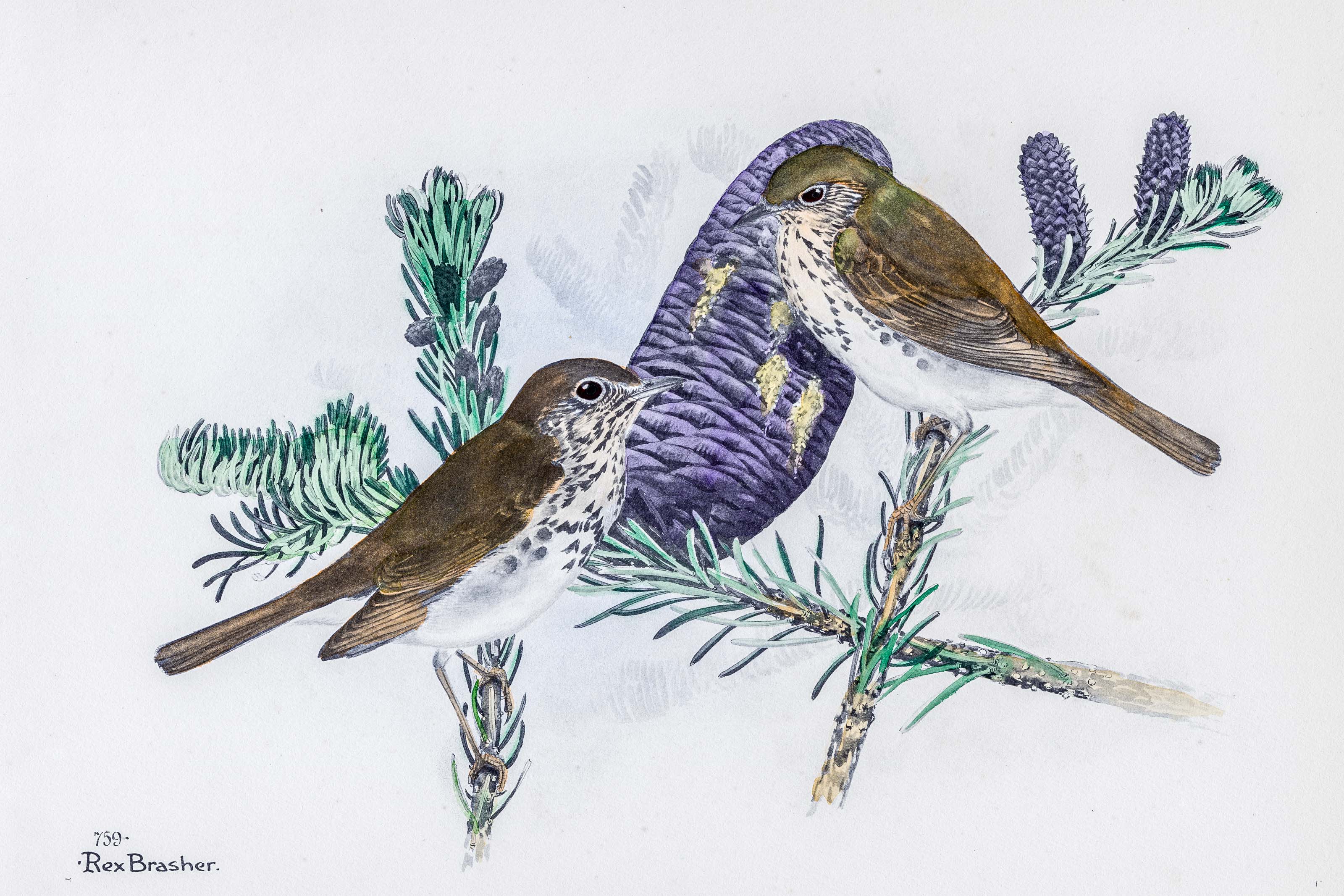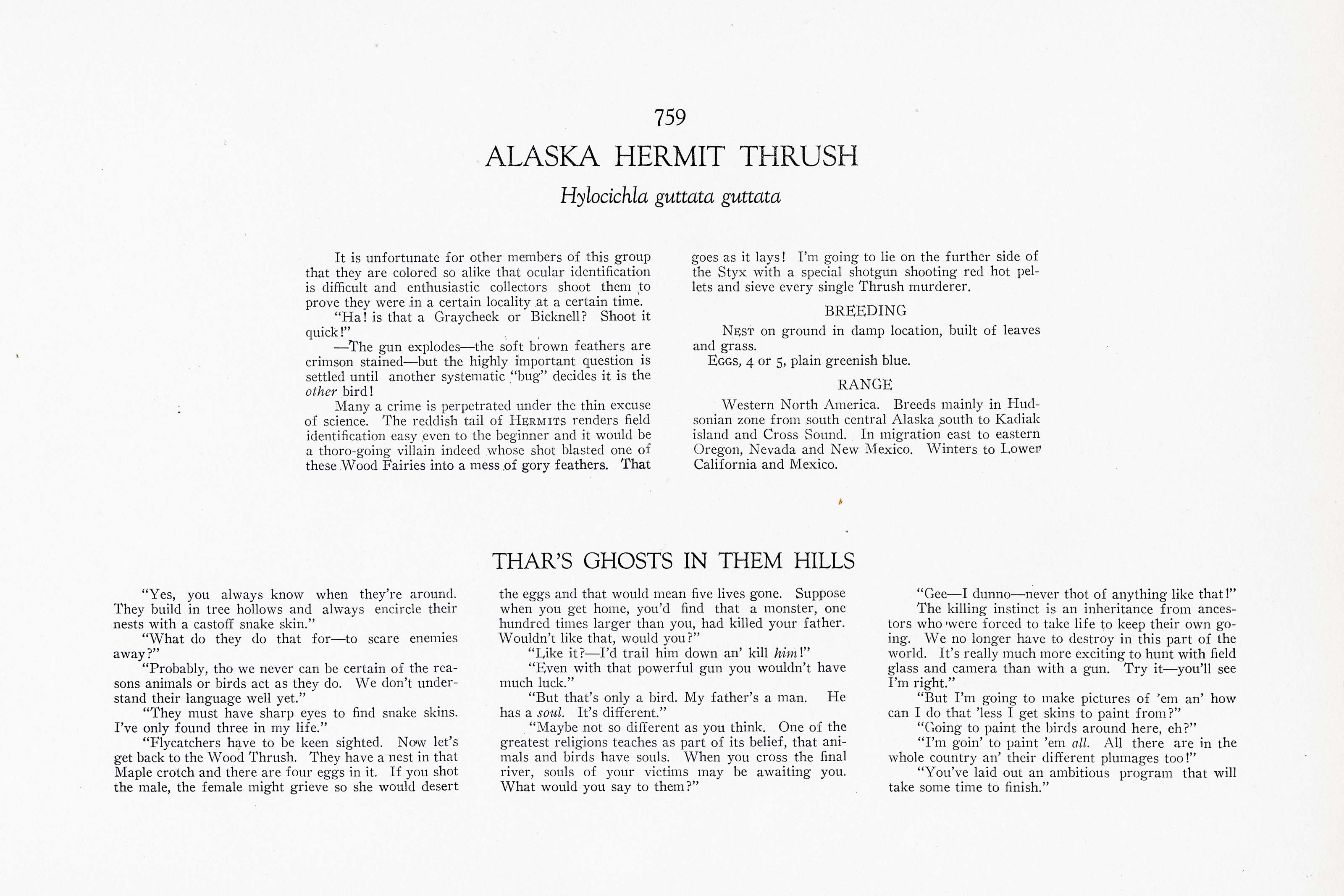cactus-wren-bryant-cactus-wren-san-lucas-cactus-wren
Cactus Wren, Bryant Cactus Wren, San Lucas Cactus Wren
713-713a-713b
rock-wren-san-nicolas-rock-wren-guadalupe-rock-wren
Rock Wren, San Nicolas Rock Wren, Guadalupe Rock Wren
715-715a-715b
white-throated-wren-canyon-wren-dotted-canyon-wren
White-Throated Wren, Canyon Wren, Dotted Canyon Wren
717-717a-717b
carolina-wren-florida-wren-lomita-wren
Carolina Wren, Florida Wren, Lomita Wren
718-718a-718b
bewick-wren-vigor-wren-baird-wren
Bewick Wren, Vigor Wren, Baird Wren
719-719a-719b
san-clemente-wren-guadalupe-wren
San Clemente Wren, Guadalupe Wren
719.1-720
texas-wren-san-diego-wren-seattle-wren
Texas Wren, San Diego Wren, Seattle Wren
719c-719d-719e
house-wren-western-house-wren
House Wren, Western House Wren
721-721a
winter-wren-western-winter-wren-kadiak-winter-wren
Winter Wren, Western Winter Wren, Kadiak Winter Wren
722-722a-722b
alaska-wren-aleutian-wren
Alaska Wren, Aleutian Wren
723-723.1
short-billed-marsh-wren
Short-Billed Marsh Wren
724
long-billed-marsh-wren-tule-wren
Long-Billed Marsh Wren, Tule Wren
725-725a
worthington-marsh-wren-western-marsh-wren-prairie-marsh-wren-marian-marsh-wren
Worthington Marsh Wren, Western Marsh Wren, Prairie Marsh Wren, Marian Marsh Wren
725b-725c-725d-725e
brown-creeper-mexican-creeper
Brown Creeper, Mexican Creeper
726-726a
rocky-mountain-creeper-california-creeper-sierra-creeper
Rocky Mountain Creeper, California Creeper, Sierra Creeper
726b-726c-726d
white-breasted-nuthatch-slender-billed-nuthatch-florida-white-breasted-nuthatch
White-Breasted Nuthatch, Slender-Billed Nuthatch, Florida White-Breasted Nuthatch
727-727a-727b
rocky-mountain-nuthatch-san-lucas-nuthatch
Rocky Mountain Nuthatch, San Lucas Nuthatch
727c-727d
red-breasted-nuthatch
Red-Breasted Nuthatch
728
brown-headed-nuthatch
Brown-Headed Nuthatch
729
pygmy-nuthatch-white-naped-nuthatch
Pygmy Nuthatch, White-Naped Nuthatch
730-730a
tufted-titmouse
Tufted Titmouse
731
black-crested-titmouse-sennett-titmouse
Black-Crested Titmouse, Sennett Titmouse
732-732a
plain-titmouse-gray-titmouse-ashy-titmouse
Plain Titmouse, Gray Titmouse, Ashy Titmouse
733-733a-733b
bridled-titmouse
Bridled Titmouse
734
chickadee-long-tailed-chickadee
Chickadee, Long-Tailed Chickadee
735-735a
oregon-chickadee-yukon-chickadee
Oregon Chickadee, Yukon Chickadee
735b-735c
carolina-chickadee-plumbeous-chickadee-florida-chickadee
Carolina Chickadee, Plumbeous Chickadee, Florida Chickadee
736-736a-736b
mexican-chickadee
Mexican Chickadee
737
mountain-chickadee-bailey-mountain-chickadee
Mountain Chickadee, Bailey Mountain Chickadee
738-738a
alaska-chickadee
Alaska Chickadee
739
hudsonian-chickadee-acadian-chickadee
Hudsonian Chickadee, Acadian Chickadee
740-740a
chestnut-backed-chickadee-california-chickadee-barlow-chickadee
Chestnut-Backed Chickadee, California Chickadee, Barlow Chickadee
741-741a-741b
bushtit-california-bushtit-grinda-bushtit
Bushtit, California Bushtit, Grinda Bushtit
743-743a-743b
lead-colored-bushtit-lloyd-bushtit
Lead Colored Bushtit, Lloyd Bushtit
744–745
verdin-cape-verdin
Verdin, Cape Verdin
746-746a
wrentit-pallid-wrentit
Wrentit, Pallid Wrentit
747-747a
coast-wrentit-ruddy-wrentit
Coast Wrentit, Ruddy Wrentit
747b-747c
golden-crowned-kinglet
Golden-Crowned Kinglet
748
western-golden-crowned-kinglet
Western Golden-Crowned Kinglet
748a
ruby-crowned-kinglet
Ruby-Crowned Kinglet
749
sitka-ruby-crowned-kinglet
Sitka Ruby-Crowned Kinglet
749a
dusky-ruby-crowned-kinglet
Dusky Ruby-Crowned Kinglet
749b
blue-gray-gnatcatcher-western-gnatcatcher
Blue-gray Gnatcatcher, Western Gnatcatcher
751-751a
plumbeous-gnatcatcher-black-tailed-gnatcatcher
Plumbeous Gnatcatcher, Black-Tailed Gnatcatcher
752-753
townsend-solitaire
Townsend Solitaire
754
wood-thrush
Wood Thrush
755
willow-thrush
Willow Thrush
756a
graycheek-thrush-bicknell-thrush
Grayheek Thrush, Bicknell Thrush
757-757a
western-oliveback-thrush
Western Oliveback Thrush
758
oliveback-thrush
Oliveback Thrush
758a
alaska-hermit-thrush
Alaska Hermit Thrush
759
audubon-hermit-thrush
Audubon Hermit Thrush
759a
hermit-thrush
Hermit Thrush
759b
dwarf-hermit-thrush-monterey-hermit-thrush-sierra-hermit-thrush
Dwarf Hermit Thrush, Monterey Hermit Thrush, Sierra Hermit Thrush
759c-759d-759e
western-robin-southern-robin
Western Robin, Southern Robin
761a-761b
san-lucas-robin
San Lucas Robin
762
varied-thrush
Varied Thrush
763
northern-varied-thrush
Northern Varied Thrush
763a
wheatear-greenland-wheatear
Wheatear, Greenland Wheatear
765-765a
azure-bluebird
Azure Bluebird
766a
western-bluebird
Western Bluebird
767
chestnutback-bluebird
Chestnutback Bluebird
767a
san-pedro-bluebird
San Pedro Bluebird
767b
mountain-bluebird
Mountain Bluebird
768






